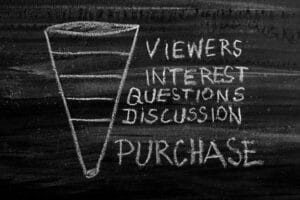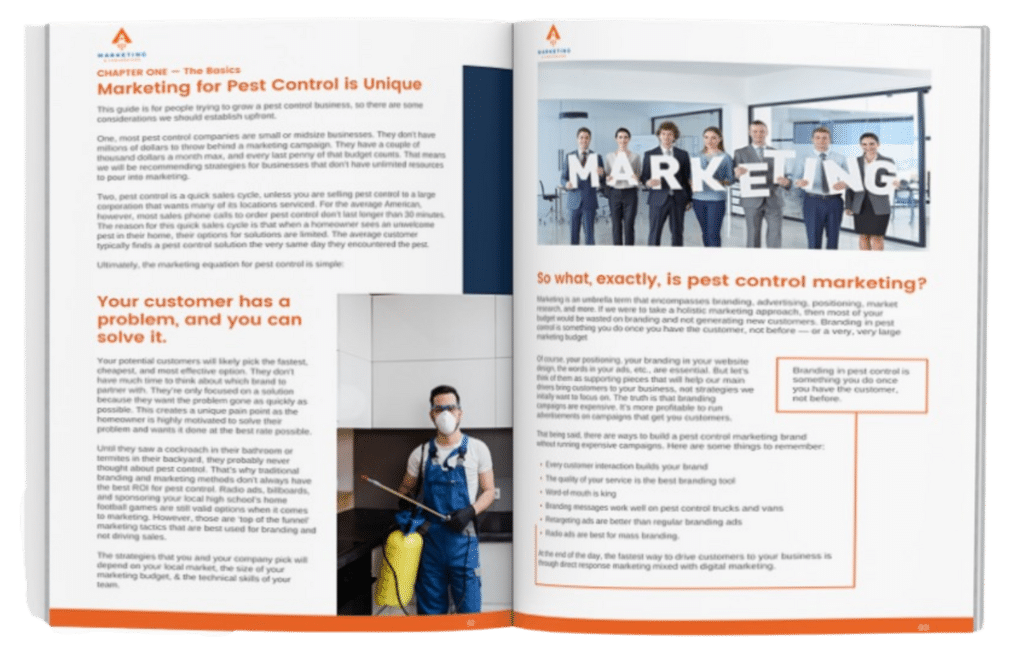
How to pick a marketing agency
How to pick a marketing agency Here’s a truth that can be hard to swallow: Even the best product or service in the world won’t
You’ve probably heard the term “User Experience Design” or “UX Design” thrown around a lot, but what exactly is it, and why does it matter in digital products and websites?
User Experience Design, or UX Design for short, is all about ensuring that when people use a website or an app, they have a great time. This concept is an integral part of digital marketing strategies, as it directly influences how users perceive and engage with a brand’s digital presence. But, it’s not just about making things look pretty (though that’s part of it); it’s about creating a smooth and enjoyable journey for users. A UX designer takes care of the entire journey of getting a product, including its brand, how it looks, how easy it is to use, and what it does. The story starts even before you get your hands on the device.
For example, when you think about buying a new smartphone, a UX designer plays a crucial role. They consider not only the phone’s physical appearance and features but also how consumers perceive the brand. They ensure that the phone’s interface is user-friendly and intuitive, making it easy to navigate and use the device effectively. Even before you walk into a store or click “buy” online, a UX designer has already been hard at work shaping your experience with the product. Their goal is to make your interaction with the phone as smooth and enjoyable as possible right from the moment you first hear about it.
UX Design covers a bunch of different things, like:
UX Designers follow some basic principles to create great experiences:
5. Accessibility Matters: A good design is one that everyone can use. UX Designers make sure people with disabilities can use digital products, too.
6. Give Feedback: Imagine pressing a button, and nothing is happening. Good UX gives you feedback, so you know something is working (or not).
7. Efficiency is Everything: A well-designed product helps you get things done quickly and easily.
Creating a top-notch user experience follows a process:
Here are some everyday examples of great UX Design:
UX Design is all about making digital experiences enjoyable and efficient for everyone. It’s not just good practice; it’s essential in today’s digital world. By putting users at the center of design decisions, keeping things clear and consistent, and continually improving, UX Designers create products that people love to use. In a competitive digital landscape, investing in UX Design isn’t just a smart move; it’s the key to success. So, next time you interact with a user-friendly website or app, remember the hard work that went into making it a joy to use.

How to pick a marketing agency Here’s a truth that can be hard to swallow: Even the best product or service in the world won’t
To ensure that your marketing dollars are contributing to your pest control company’s growth, You have to ensure profitability. There are a lot of ways to ensure profitability but in this blog post we will tackle just three of them and if you implement them early, you are a lot more likely to fill your routes with ideal customers that love to live pest free.

Growing a pest control business involves online strategies. Partnering with a pest control digital marketing agency can enhance your online visibility further.

Marketing automation is a digital marketing strategy that uses technology to automate repetitive marketing tasks and workflows.

Customer journey is often visualized through a concept known as the digital marketing funnel. This visually represents a potential customer’s stages before purchasing or taking a desired action.

Most of the time, the company won’t have to pay for anything in email marketing. They can easily build their contact lists on their website when their visitors subscribe to them. They can also buy contact lists from other businesses, which can only cost a few bucks for thousands of emails. So if you’re considering doing email marketing for your pest control business, below are 10 tips you can apply to your campaign.

Schedule a 15-minute discovery call to discuss how GrowthBound Marketing can help your business grow.

Grab your free copy of our Ultimate Pest Control Marketing Guide and uncover 10+ years of pest control marketing secrets.
Our Promise
We love working with and growing local businesses. If we can’t help, we’ll send you to someone who can.